The origins of archery in the UK – Uncovering the roots of British archers. The bow and arrow have woven their way through British history for thousands of years. Evidence of the earliest example of a hunting bow was recently uncovered in Somerset, dating back to 2690 BC, and excavated flint arrowheads have been dated to as far back as 20,000 years. Discover the rich history of our sport and its fascinating beginnings.
The origins of archery in the UK
Uncovering the roots of British archers
The bow and arrow have woven their way through British history for thousands of years. Evidence of the earliest example of a hunting bow was recently uncovered in Somerset, dating back to 2690 BC, and excavated flint arrowheads have been dated to as far back as 20,000 years.
The progression of the bow and arrow from an instrument of hunting to a weapon of war occurred following the Battle of Hastings in 1066. An estimated 1000 or more Norman archers successfully breached the Saxon shield-wallwith their looping arrows, contributing greatly to the English defeat on that day, and sparking the development of the longbow as a weapon.
From warfare to recreation
During the Middle Ages, the skill of archery was encouraged greatly, both for warfare and sport. The yew longbow and its well-practised archers made England a strong adversary during this time, until the use of gunpowder from the 15th century eventually rendered the bow obsolete on the battlefield.
Although weapons of war had changed, the British relationship with the bow continued as a form of recreation. Archery for sport grew in popularity, with competitions held for enjoyment and exhibition, and societies formed by enthusiasts.
The sport of archery
The history of archery societies includes some interesting examples dating back to the end of the 15th century. The Ancient Society of Kilwinning Archers was formed in 1483, following the monarch’s directive to ready for combat.
Their tradition of shooting an artificial bird from the town’s steeple continues to this day at the customary grand annual festival. Another historical society known for its annual tournament is the Society of Archers of Scorton, founded in 1673. The original grand prize at this tournament is as it originally was – the Antient Silver Arrow.
These early societies paved the way for the well-established framework of societies and clubs that exist today, including Archery GB.
The Worshipful Company of Fletchers
Beginning as a group of arrow makers, The Worshipful Company of Fletchers are now a Livery Company who have an impressive track record in charitable giving, especially in providing financial support to all levels of the disabled archery community.
They fundraise through the Fletchers Trust to support the Para archery programme, and sponsor the Fletchers’ Disability Championship, a highly inclusive event.
Archery dress through the ages
Modern target archery began with Sir Ashton Lever of Alkrington Hall, Manchester, who established the Toxophilite Society in 1781. The dress code which was part of the regulations consisted of a tailcoat, breeches and boots, with a plumed hat – typical garb of an 18th century sportsman.
The archer’s coat, however, had to be green, presumably in reference to Robin Hood and the men of the “greenwood”.
Early archery clubs were male only, although women were present as supporters, with the exception being the ladies of the Royal British Bowmen, established in 1787. The ladies wore a simple empire line dress and a hat decorated with an ostrich plume.
The Victorian era brought greater participation of women and patronage by the sovereign of both the Royal British Bowmen and the Queen’s St. Leonards, Archers of Hasting. Dresses became more elaborate, while men wore top hats, trousers and shoes or small boots. To prevent the wind lifting the ladies’ skirts Mr Friskney of Cheltenham invented the ‘Anti-Aeolian’ a series of weighted straps hung from the waist.
A tight whale boned bodice combined with many petticoats and then the addition of a bustle or crinoline hoops made the dress of an ‘archeress’ increasingly restrictive and cumbersome. The inconvenience of these fashions led to the campaign for “rational dress” headed by two American women, Amelia Bloomer and Elizabeth Cady Stanton.
They were advocates for feminist reform across society, including women’s suffrage, and their campaign ultimately led to a more sensible approach to women’s dress.
Alice Legh, shooting at the Tox ladies day in 1903, wore a light full length dress, with long sleeves which did not hinder her shooting – Legh was ladies champion of England no less than 23 times. Lottie Dod, winning silver at the 1908 London Olympics, wore a white long-sleeved blouse and a simple skirt.
This was the start of the modern era with both men and women adopting simple, unpretentious and practical dress.
Equality in archery
Throughout history, archery has been a solid standard for gender equality. Ancient mythology holds strong examples of female bow hunters, with the Greeks honouring the goddess Artemis and the Romans revering the goddess Diana, the huntress. Tudor tales speak of Anne Boleyn wooing her husband-to-be, King Henry VIII, with her archery skills.
In 1787, the Royal British Bowmen was the first society to begin accepting female members, and the popularity of the sport for both men and women has continued to grow. Great progress has been made over the last century to ensure the inclusivity of archery, but there are still more steps to be taken to continue with this momentum.
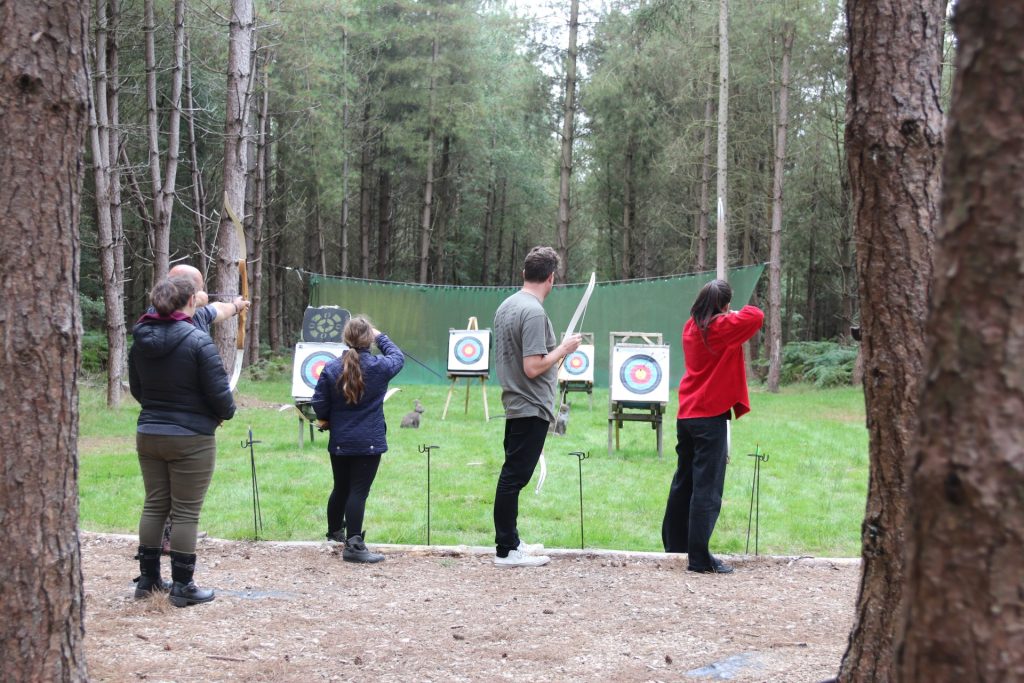
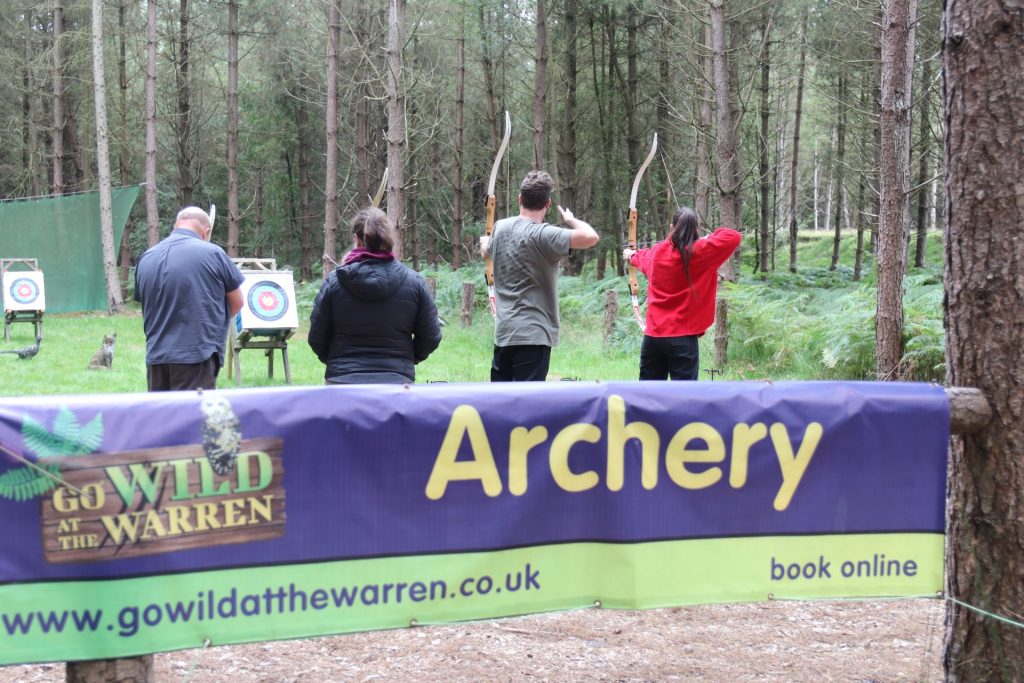
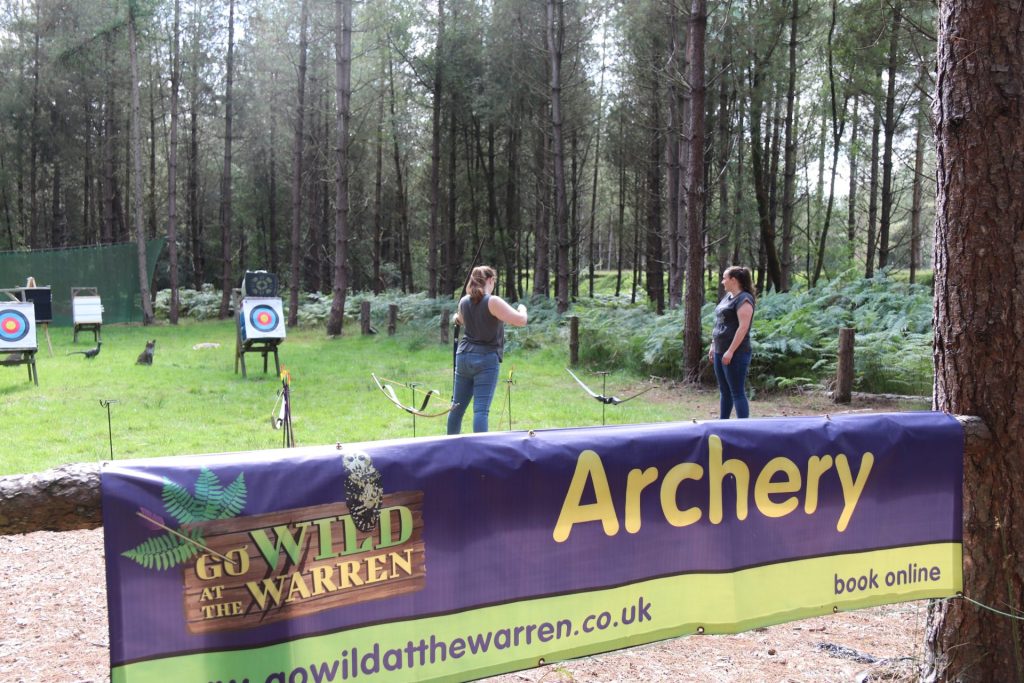
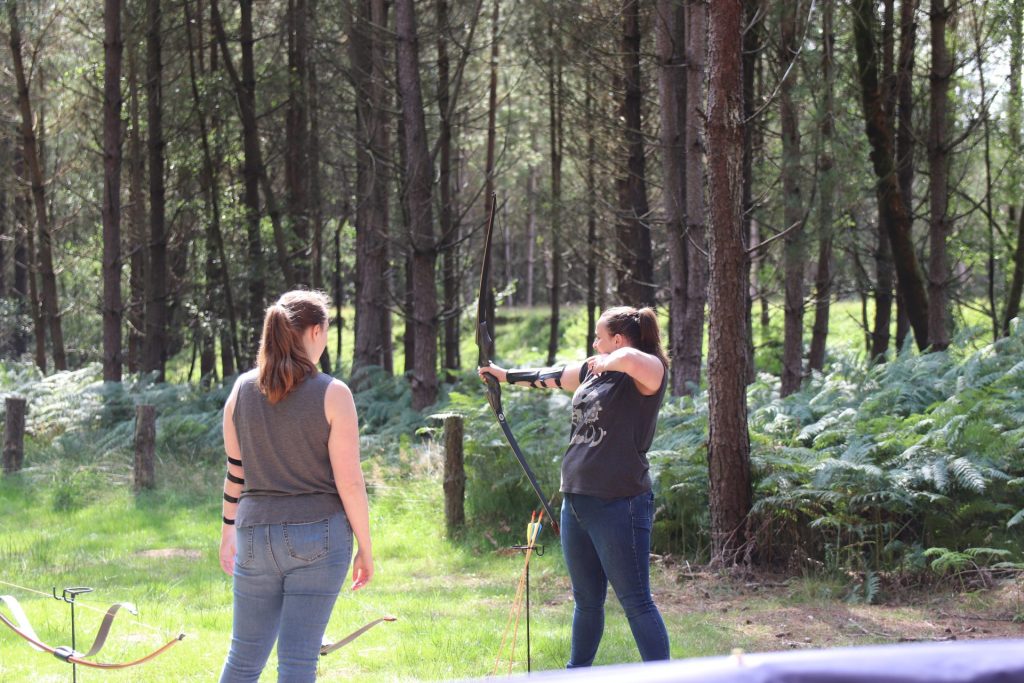
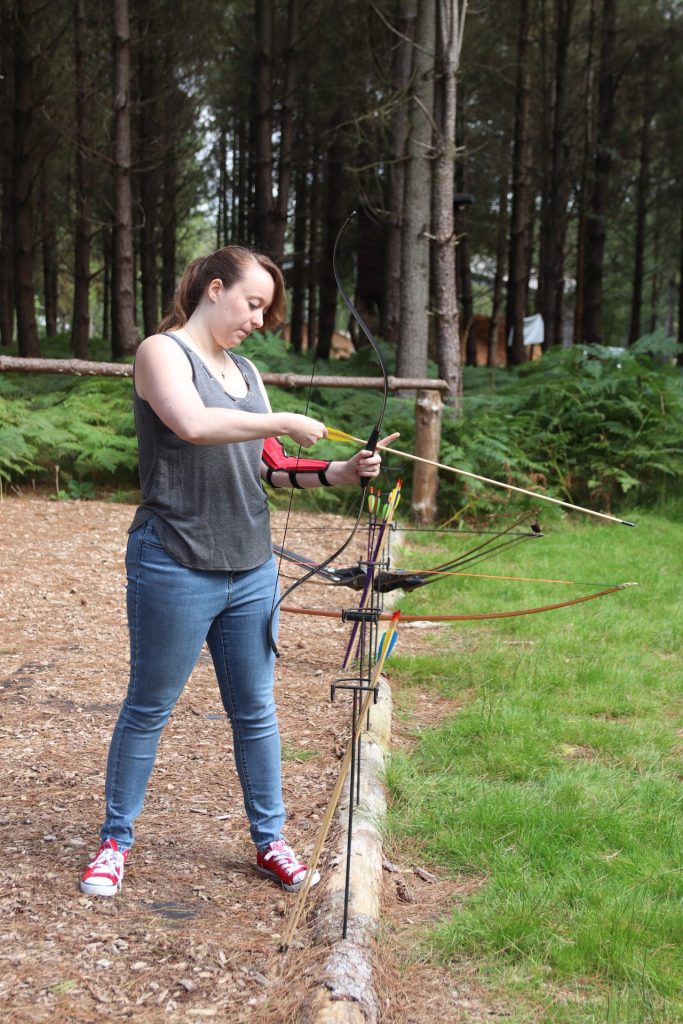
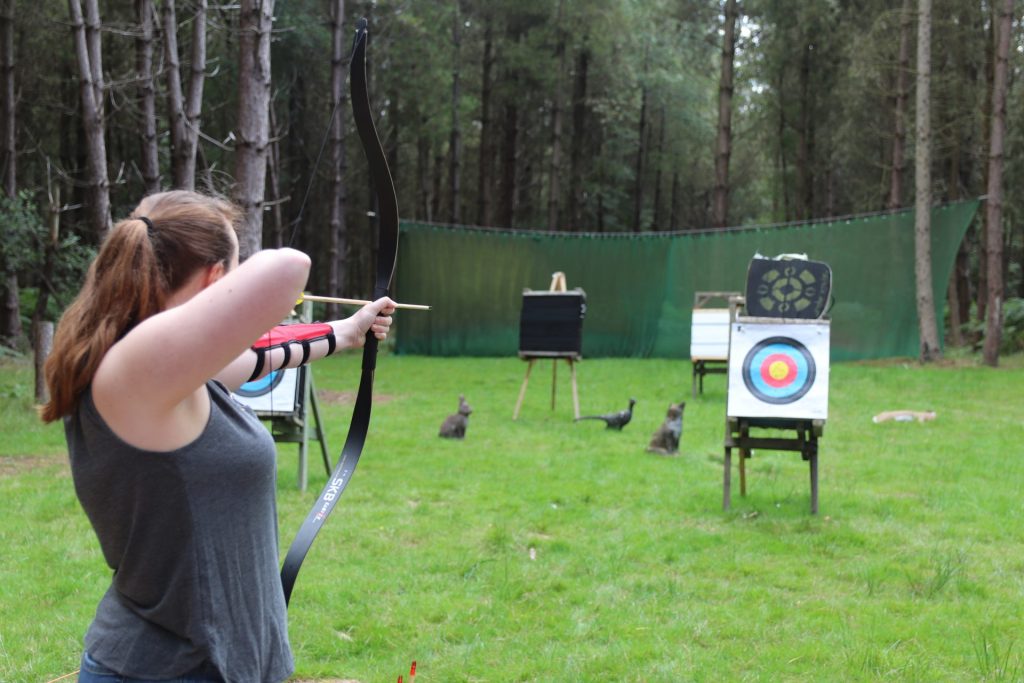
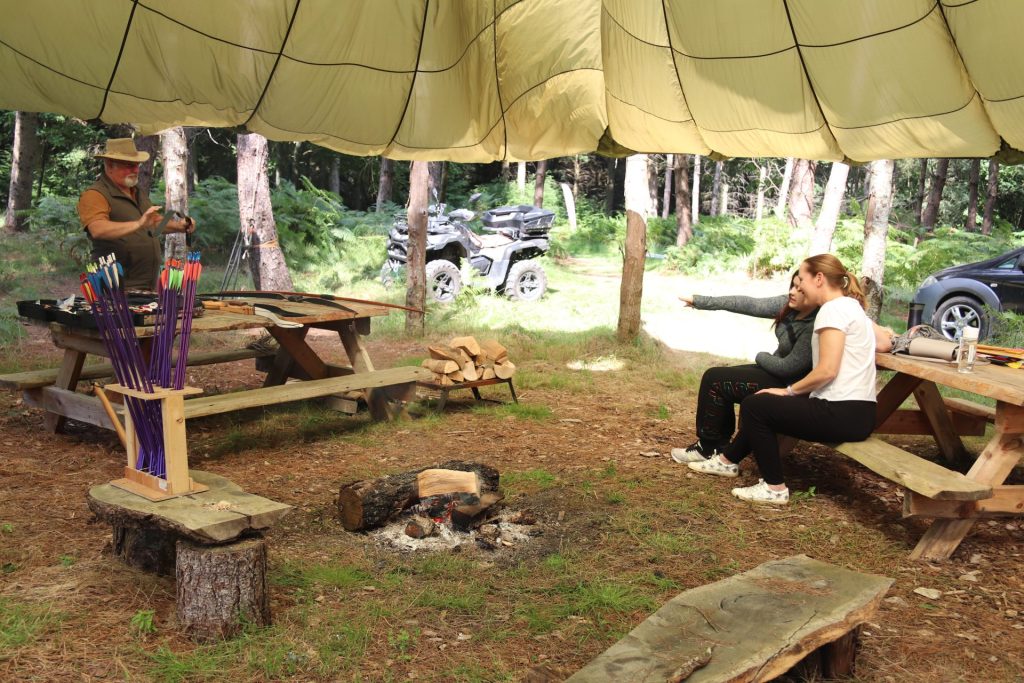
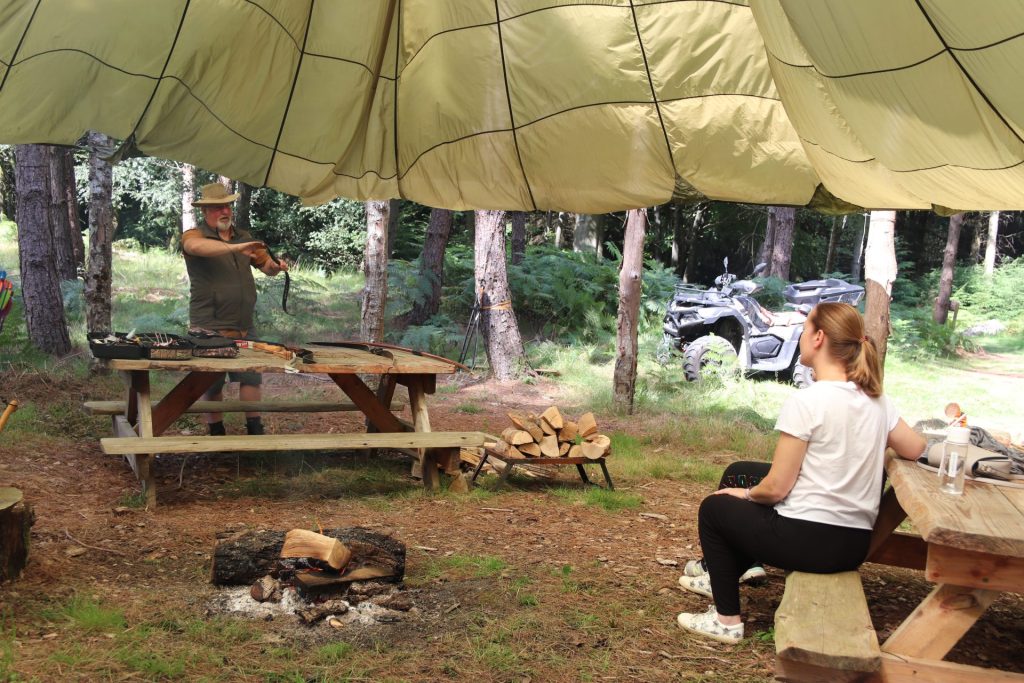
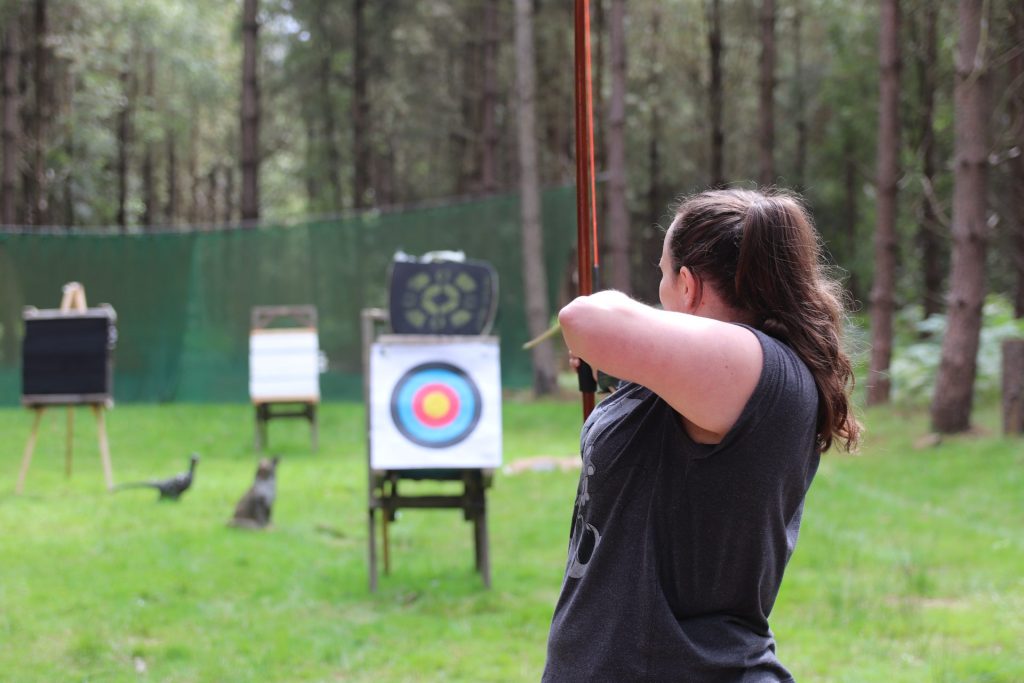

Comments
Pingback: Summer is over, but not at Go Wild At The warren - Go Wild At The Warren